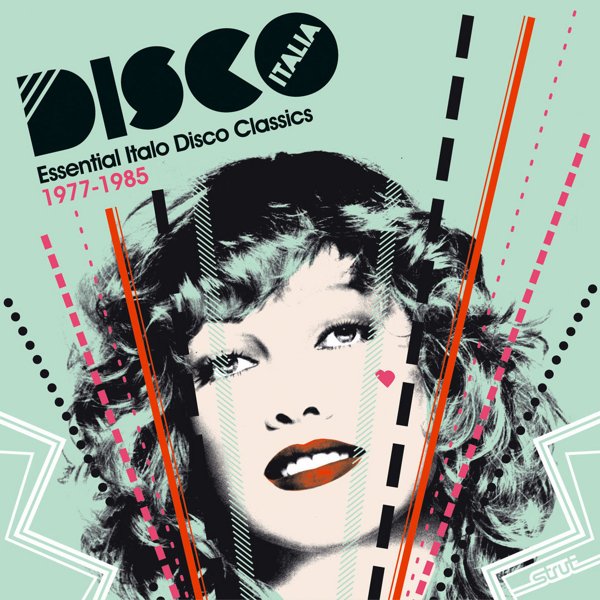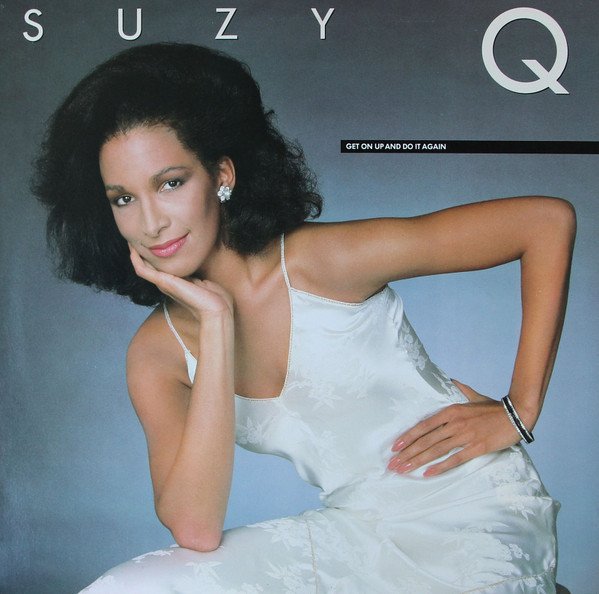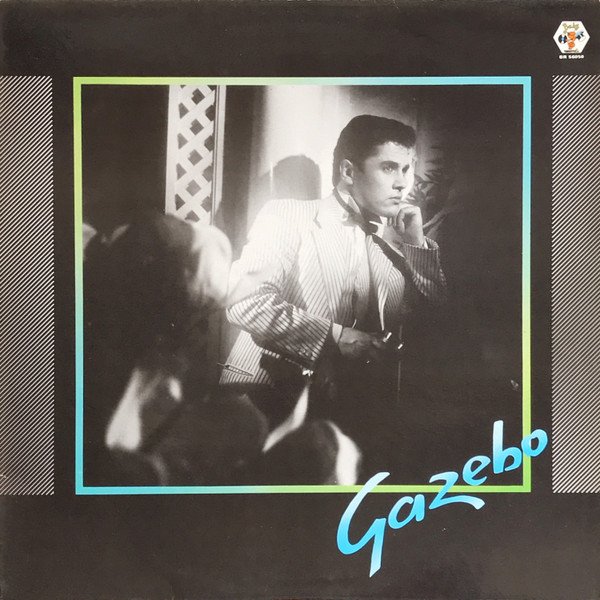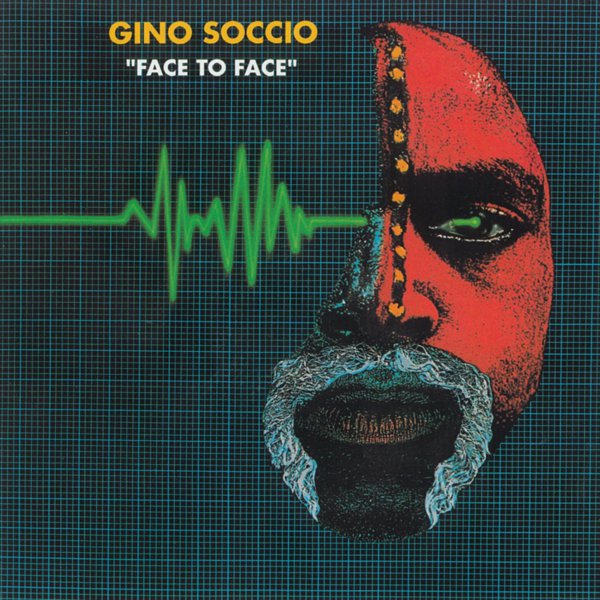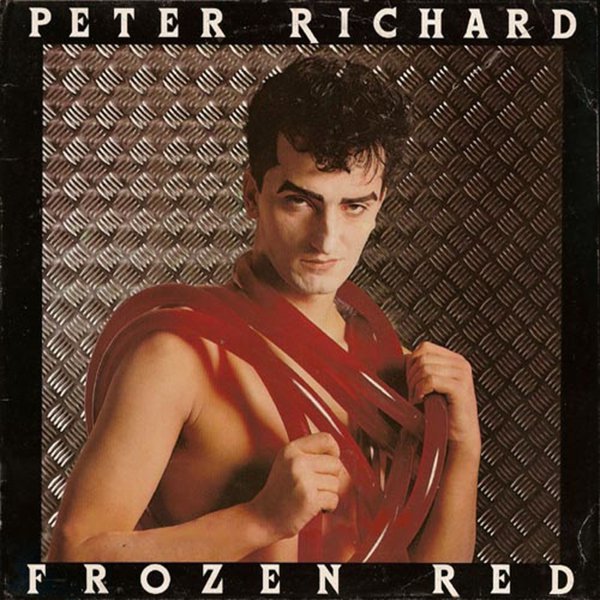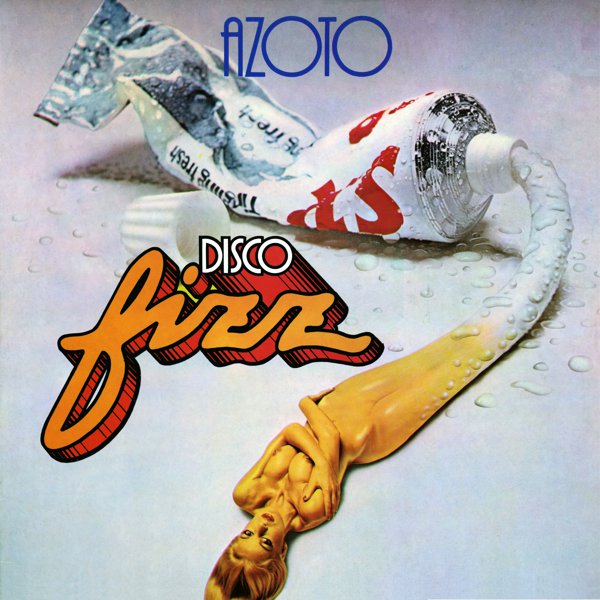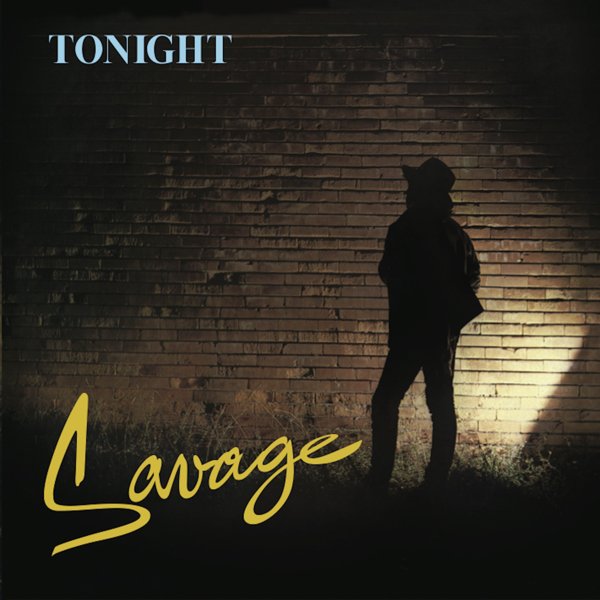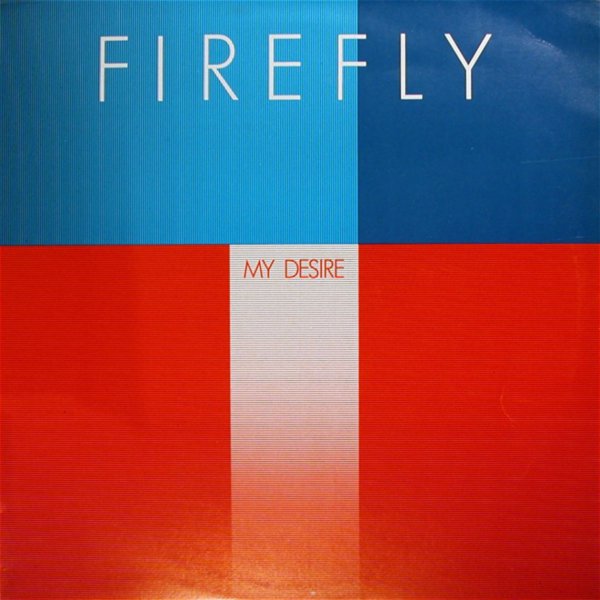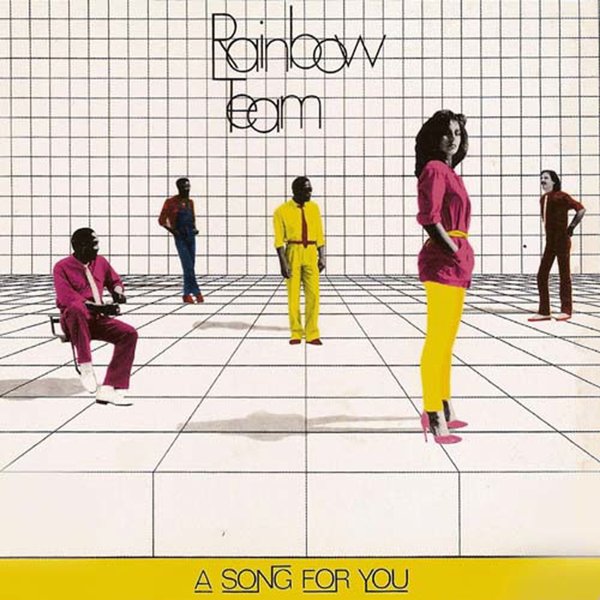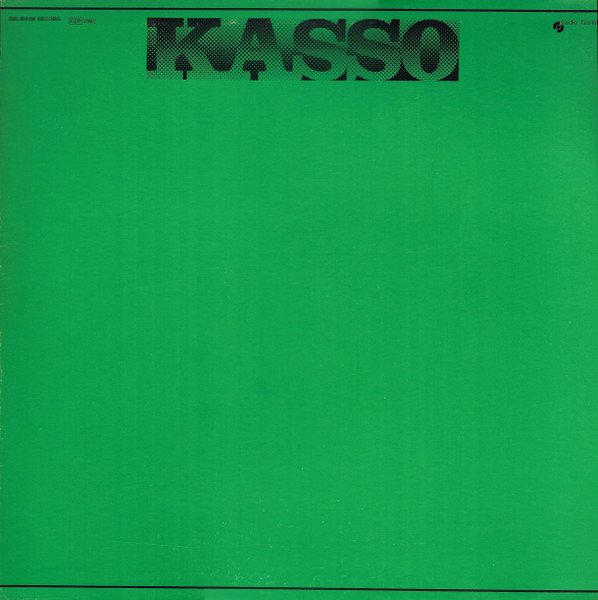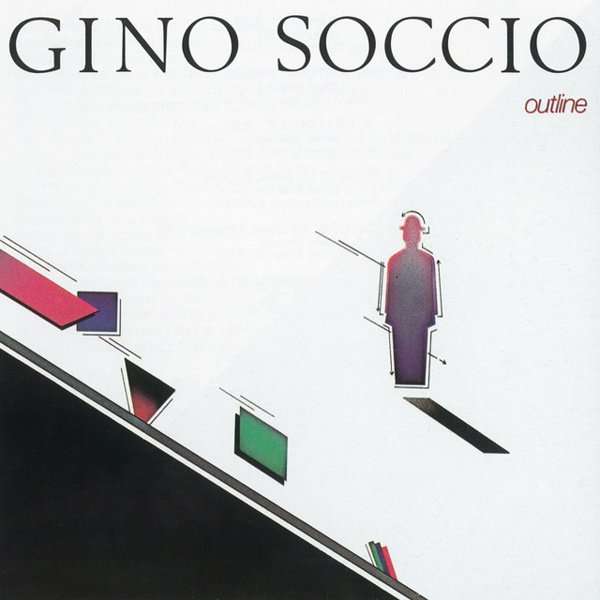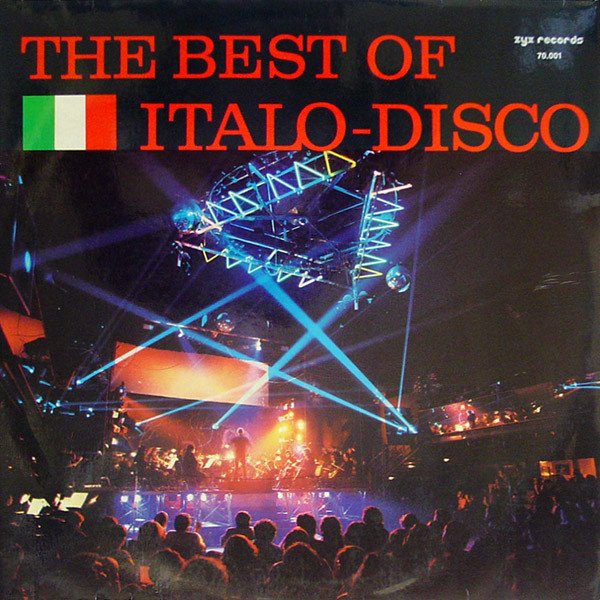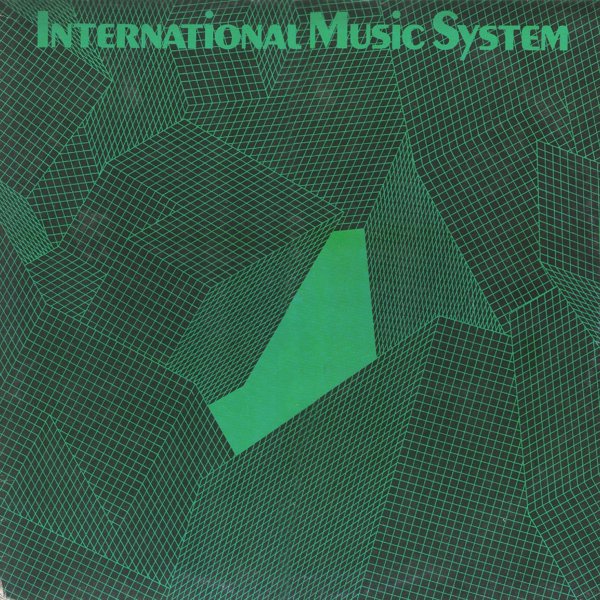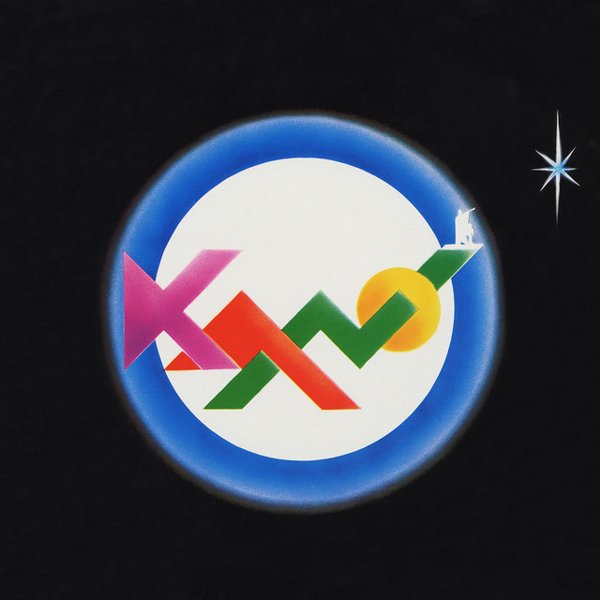Italo-disco has enjoyed a substantial resurgence in recent years, as DJs and collectors rediscover the particular charms of one of electronic music’s most idiosyncratic genres. It’s not really a clearly defined genre as such; Italo-disco refers to a huge swathe of (largely) Italian dance music stretching from the late ‘70s to late ‘80s that takes in a number of different styles and flavours. Broadly speaking Italo refers to 4/4 dance music, made with synths and drum machines, based on disco, boogie and krautrock, also influenced by and indeed influencing synth-pop, new romantic and EBM. Italo-disco also had a big effect on mid-80s pop music generally as well as being one of the musical building blocks of techno and house.
Christened by German record label ZYX in 1983 to tie their compilation albums together, Italo records initially blended live instrumentation with synths and drum boxes, but guitars, horns and pianos were soon mostly abandoned for the futurist sound palette provided by various Yamaha, Oberheim, Moog, Korg and Roland synths, sequencers and drum machines. Plenty of Italo had no shame about its pop sensibilities, no fear of using odd, whimsical or indeed garbled English lyrics, or of the most obvious of chord changes, but it also enthusiastically embraced the future, both by utilising the very latest studio technology and often in its lyrical themes too.
Italo-disco’s rise was due to the death of disco in the US. The summer of 1979 had seen the thinly veiled racism and homophobia of DJ Steve Dahl’s Disco Demolition rally in Chicago, where baseball fans gathered to blow up disco records. The event solidified a cultural turning point in public perception of the genre and disco’s overexposure and market saturation led to disco radio stations either converting to rock or closing, record label dance departments being shuttered and of course the closure of many nightclubs.
But there was still a large market for 4/4 dance music in Europe, and Italy in particular had a thriving club scene that needed new records. Inspired by US disco — the lush, complex arrangements of Philadelphia International Records and the relentless rhythms of Salsoul — but also by the studio innovations of Kraftwerk and the emerging sounds of electro and new wave, a generation of mostly Italian musicians, songwriters and producers embraced synths and picked up the disco baton.
In terms of mood, Italo-disco could be melancholy and yearning, naive and sentimental, or gothic and mysterious. It could be rigid and robotic, loose and funky, introspective or celebratory: of all the electronic music genres, Italo-disco seemed to leave no mood unexpressed. It was sometimes created by talented musicians and producers but much Italo was a little ramshackle, cheap even.
It’s a genre that often celebrated musical tropes or moods that are decidedly uncool or gauche and has often been thought of as lightweight, camp or ‘cheesy’, but Italo is far more influential than its fluffy fun image might suggest. Detroit’s early 80s party-goers called Italo disco ‘progressive,’ relishing its futurist sound, danceability and perceived upwardly mobile character. Italo’s robotic 4/4 beats and ultramodern style were extremely popular at the college parties where techno pioneers like Juan Atkins DJed, and echoes of plenty of Italo tropes can be heard in early Detroit techno records. Likewise, many Italo records were popular with pioneering DJs like David Mancuso, Ron Hardy, Larry Levan and Chicago’s Hot Mix Five while many early Chicago house tracks were influenced by the beats on Italo tracks like Klein & MBO’s “Dirty Talk” and My Mine’s “Hypnotic Tango.”
Italo also shaped the pop world; UK hit production/writing team Stock, Aitkin and Waterman were clearly influenced by the synth-and-drum machine-heavy sound and acts like New Order and the Pet Shop Boys owed a debt to Italo too.
Italo-disco was generally more single-focused than album driven, but there are still plenty of great Italo albums as well as some brilliant compilations. Purists will have their own favourites and as with any revivalist scene, there will always be disagreements about what is or isn’t Italo, but think of this selection as an introduction to this influential, fascinating and most charming musical backwater.

